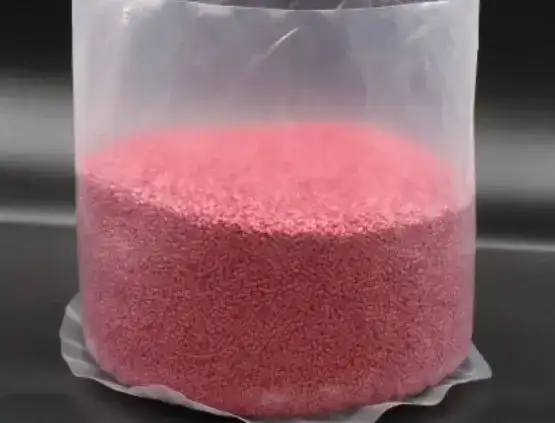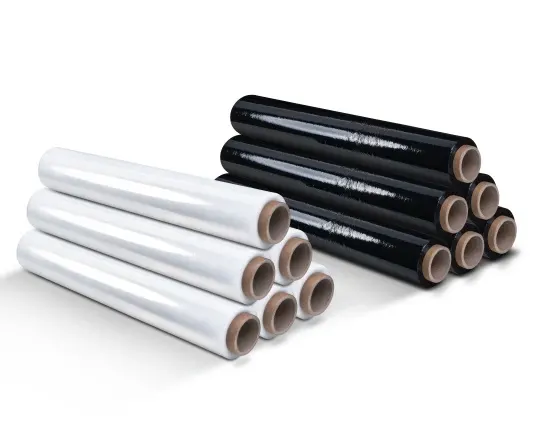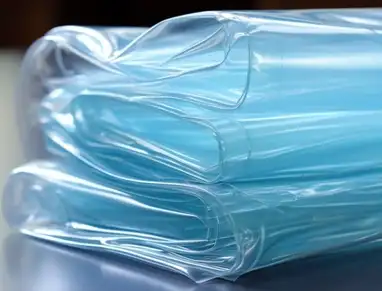Plastics (polymers) can be divided into three classes according to the structure-property principle: thermoplastics (which can be reshaped at higher temperatures), duroplastics (hard, crystalline plastics) and elastomers (soft, elastic plastics).
Synthetic plastics are produced from monomers by polymerization (polyaddition, polycondensation, etc.). Cracked naphtha is almost always used as the raw material.
There are these types of plastic:
Thermoplastics
Thermoplastics are a class of plastics characterized by their thermoplastic properties. These plastics become malleable when heated and can then be re-solidified and shaped upon cooling. The heating and shaping process can be repeated multiple times without destroying the material's chemical structure.
Characteristics of Thermoplastics:
Malleability: Thermoplastics become soft and malleable when heated, allowing them to be molded into various shapes. This is typically done using processes such as injection molding, extrusion, or blow molding.
Reusability: Because thermoplastics can be softened by heat, they can be recycled and reused. This is an important aspect of environmental friendliness and sustainability.
Wide Applications: Thermoplastics are used in a wide variety of applications, including packaging, consumer goods, construction, the automotive industry, electronics, and medicine.
Temperature-Dependent Properties: The mechanical properties of thermoplastics can change with temperature. At higher temperatures, they become softer and more flexible, while at lower temperatures they can become harder and more brittle.
Variability of properties: Thermoplastics can be modified with various additives and fillers to improve or adjust their mechanical, chemical, and thermal properties.
Examples of thermoplastics:
Thermosets
Thermosets are another important class of plastics that differ from thermoplastics. Unlike thermoplastics, thermosets are solidified into a permanent, non-reformable shape through curing. This process, called cross-linking, results in a three-dimensional network structure that cannot be softened or reshaped by heat.
Characteristics of thermosets:
Non-formable: Thermosets cannot be softened or reshaped after curing. This clearly distinguishes them from thermoplastics, which can be formed by heating.
High thermal and mechanical stability: Thermosets are generally more resistant to high temperatures and mechanical stress than thermoplastics.
Good electrical insulating properties: Many thermosets possess excellent electrical insulating properties, which is why they are widely used in the electronics industry.
Chemical resistance: Thermosets are often chemically resistant to acids, bases, and other aggressive substances.
Applications of thermosets: Due to their hardness and durability, thermosets are used in a variety of applications, including the automotive industry, in the production of composites, electrical insulators, coatings, and in the manufacture of aerospace components.
Examples of thermosets:
- polyurethane foam (PU)
- epoxy resins
- silicone resins
Elastomers
Elastomers are a class of polymers characterized by their rubber-like elasticity and extensibility. Unlike thermoplastics and thermosets, elastomers retain their original shape and size after deformation once the external force is removed. They have the ability to stretch when a force is applied and return to their original shape when the force is removed. This ability is known as elastic behavior.
Characteristics of Elastomers:
Elasticity: Elastomers have high elasticity and can stretch significantly before breaking or becoming permanently deformed. This property makes them ideal for applications requiring flexibility and extensibility.
Rubber-like behavior: Compared to other plastics, elastomers have a rubber-like behavior that allows them to be deformed and processed at room temperature without melting or softening.
Resistance to weathering: Elastomers are often resistant to UV radiation, ozone, moisture, and other environmental influences, making them suitable for outdoor use.
Damping and insulating properties: Due to their elasticity and flexibility, elastomers offer good damping and insulating properties, which is why they are often used in shock absorbers, vibration dampers, seals, and insulating materials.
Applications: Elastomers are used in a wide variety of applications, including the automotive industry (e.g., tires, seals), construction (e.g., vibration dampers, gaskets), medical technology (e.g., gloves, hoses), and many other areas where flexibility and resistance are required.
Examples of elastomers:
- silicone elastomers
- polyurethane
plastic recycling:
In Germany, the recycling rate was 55% in 2019, making Germany a pioneer in European comparison. The remaining 45% is thermally recycled (waste incineration).
Plastics recycling symbols:









